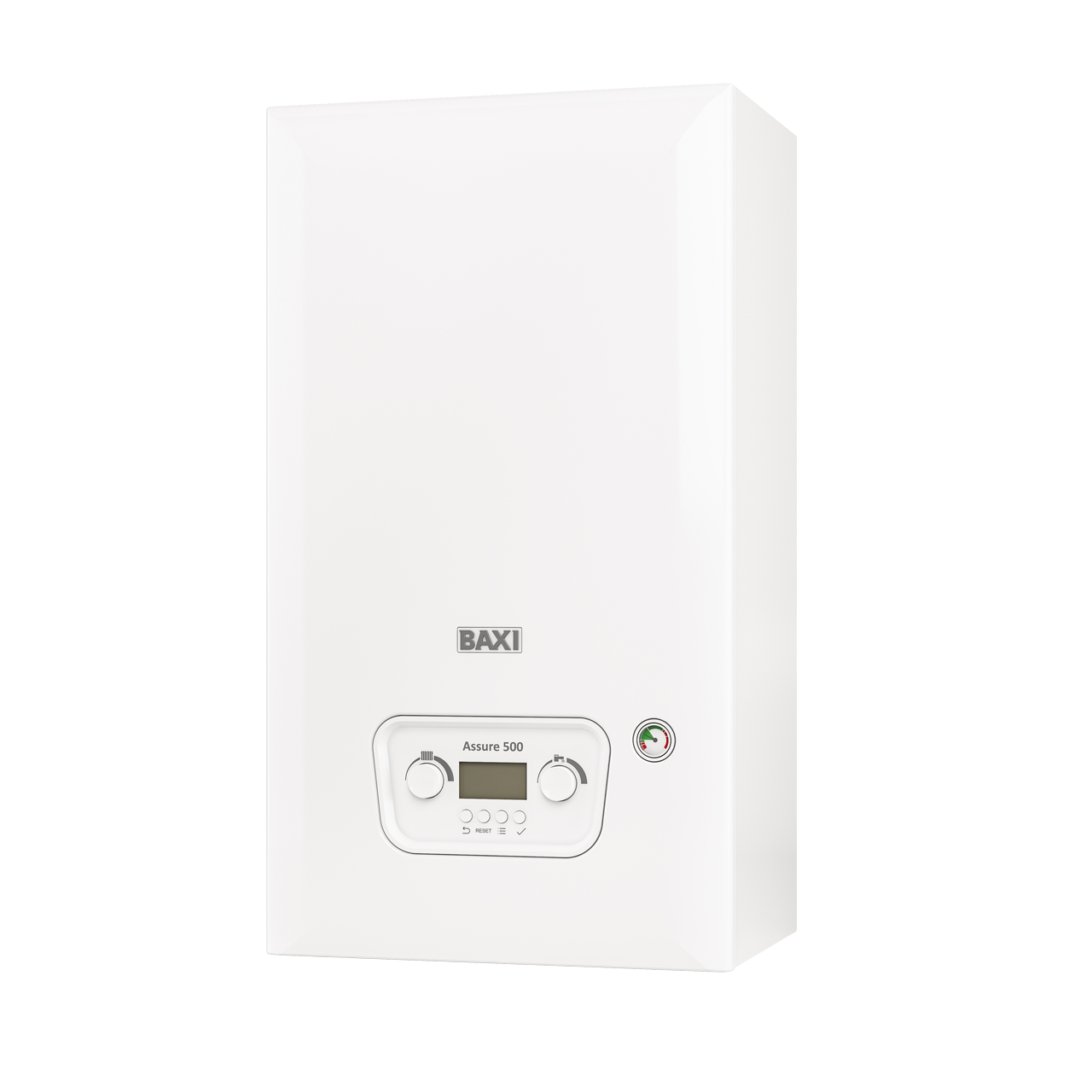
Be a Bright Spark
It can be all too easy to think that you don’t need to understand working with electrics when you primarily work with gas.
Yet, with the growing importance of electricity in modern boilers, knowing how to carry out basic electric tests is crucial for staying safe on the job.
To help you protect yourself against the risk of electrification from a live boiler case or an unearthed boiler, we’ve put together a quick step-by-step that you can refer back to on every job.
Safe isolation
Before carrying out any work on a heating appliance, carry out the following steps to ensure that the system is isolated (dead) and the boiler is safe to work on.
- All equipment used during tests should be proved as working correctly before being used.
- Test that the case is not live before you touch it. You can do this with either a suitably rated voltage pen or using a multimeter.
- Prove that your multimeter is working on a known supply, and find out how to electrically isolate the appliance.
- Isolate by switching off the appliance at the fused spur, removing the fuse or locking off the isolator and MCBs / RCDs – ensure that you affix a warning sign on the fuse spur and attach an approved MCB lock. Remember, you must never lock an MCB in the ‘on’ position.
- Prove that the appliance is dead. At the appliance electrical connection terminal strip, check that the L-N, L-E and N-E all read as zero volts. Any higher and the boiler has not been safely isolated, so do not work on it.
Earth continuity
- Earth Continuity. With the multimeter set to ohms resistance (Ω), you should test that the boiler has been earthed to the electrical system, and at five different points within the boiler, such as the boiler casing and frame. All readings on your multimeter should not be above 1Ω. If your reading is over 1Ω, the boiler should be deemed unsafe to work on and you should be extremely careful when investigating the earth wires and connection points.
- Short Circuit. With all boiler controls turned on (AC power off at point of isolation), test the resistance between the L and N connections. The reading should be above 20Ω. Readings below 20 Ω can mean there is a problem with the pump, fan or other boiler components.
- Resistance to Earth. Test the resistance between the L and E connections. The reading should be above 1MΩ. If the reading is below 1MΩ, you need to the condition of the wiring insulation.
- If all the above tests pass then the appliance is safe to connect to the electrical supply.
- Polarity Test. With the multimeter set to AC voltage and the electricity supply turned on test for voltage:
- L-N 230VAC +/- 10%
- L-E 230VAC +/- 10%
- N-E 0-15VAC
You don’t have to be an electrician to be a bright spark, you are responsible for your own safe working environment. Therefore, it is up to you to keep yourself and your customers safe by carrying out all necessary preliminary safety checks.
Keep this handy step-by-step guide to hand and refer back to it on every job. You’ll soon find that it’s faster to carry out the tests than it is to learn how to do them. It becomes second nature.
*Baxi takes no responsibility for any injury or accident which may occur when following these instructions.
Baxi Works
A simpler and more rewarding experience for installers, all in one place.
Contact your ASM
If you are a merchant or installer, your local Baxi representative is here to help.




